Exercise 14
horizontal
1.
1. Oskard Weles urz─Ödnik telegrafu zamiesz
2.
2. kały w rynku głównym w domu P Teich
3.
3. mana doni├│s┼é ┼╝e gdy dnia 7 bie┼╝─ģcego miesi─ģca po po┼éud
4.
4. niu przechodzi┼é ko┼éo ko┼øcio┼éa Panny Maryi spad┼é
5.
5. z gzymsu od strony wschodniej koscioła du
6.
6. ┼╝y kamien wa┼╝─ģcy co najmniej funta
7.
7. i o mało co w głowę go nie ugodził
8.
8. O czem się Świetny Magistrat celem
9.
9. odpowiedniego zarz─ģdzenia zawiadamia
Principles of transcription
- Maintain the original entry - carry out the transcription as faithfully as possible to the original, without correcting the writer's mistakes.
┬Ā - Lines of text - the transcription should be written in lines (fragments in grey should be omitted). If the word is divided between two lines, it should be written as in the original, that is, without connecting it.
┬Ā - Punctuation - all punctuation marks or others (e.g. commas, full stops, hyphens, etc.) appearing in the original should be ignored.
┬Ā - Writing capital letters - the mechanism recognises both small and capital letters as correct.
┬Ā - Shortening - the general rules accepted by us say that a contraction used by the scribe should be written in full. This document, however, contains a contraction which is an exception to this rule, in other words, one which is not necessary to write in full (it is a polite phrase).
┬Ā - Letters with diacritic marks - we should omit diacritic marks when deciphering, for example, we write ├╝ as u.
┬Ā
You can find the full principles of transcription here.
Helpful tips
- This document contains contractions which in the principles of transcription have been marked as exceptions which we do not write in full (in this case, it is a polite phrase).
┬Ā - In a few places the scribe wrote the letters e and s very close together.
┬Ā - Due to the limitations of the technical system for transcriptions, the number (1 ┬Į) appearing in the text is not transcribed.
┬Ā
You will find more useful tips for transcribing old texts here.
Exercise 14
Model letters




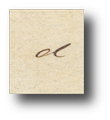



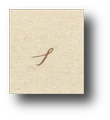







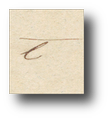




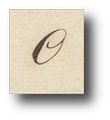




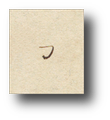

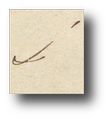


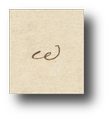
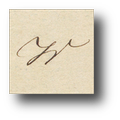


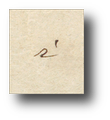
Exercise 14
Abbreviations
![b[ie┼╝─ģcego] m[iesi─ģca]](https://dawnepismo.ank.gov.pl/files/practice/shortcuts/aufgabe-14/cw14bm.png)
![P[ana]](https://dawnepismo.ank.gov.pl/files/practice/shortcuts/aufgabe-14/cw14pana.png)
![P[anny]](https://dawnepismo.ank.gov.pl/files/practice/shortcuts/aufgabe-14/cw14panny.png)
